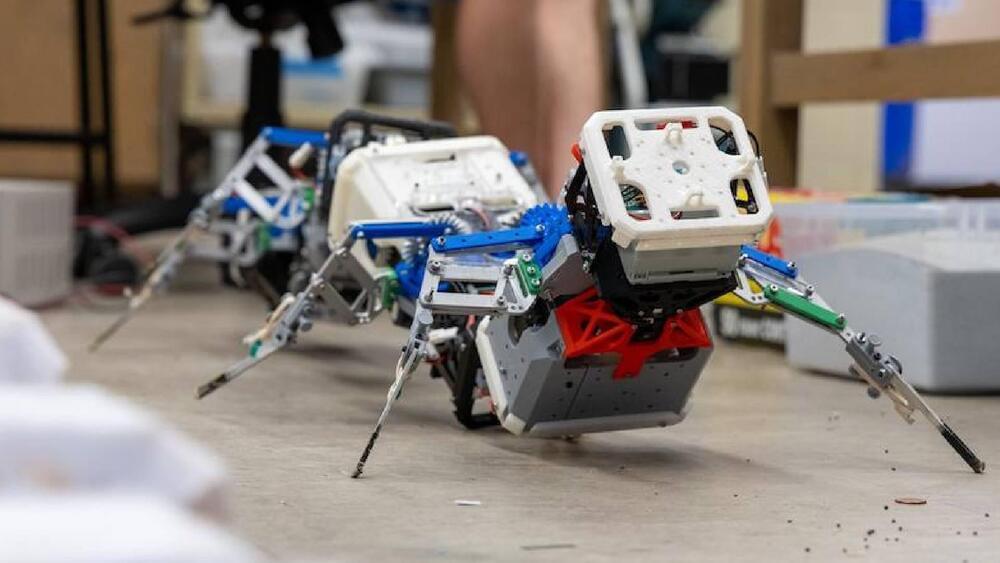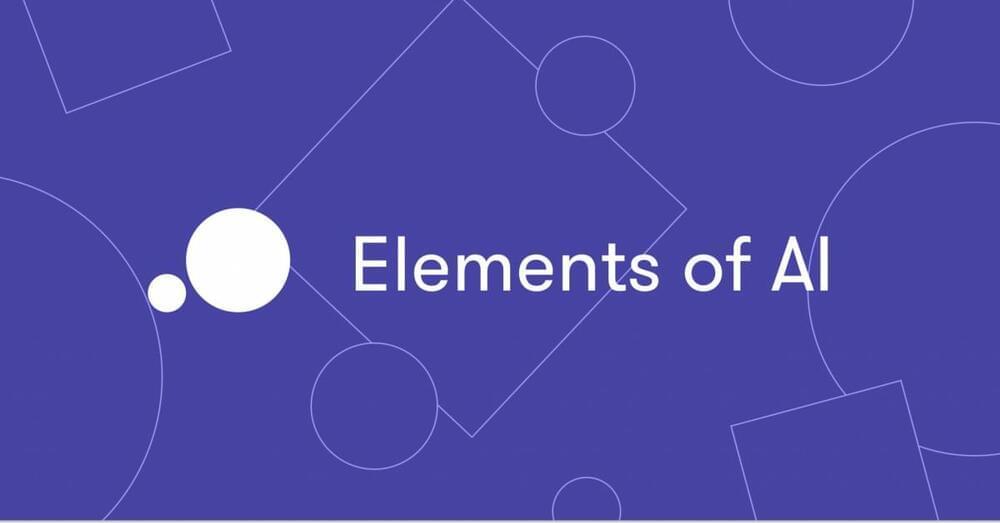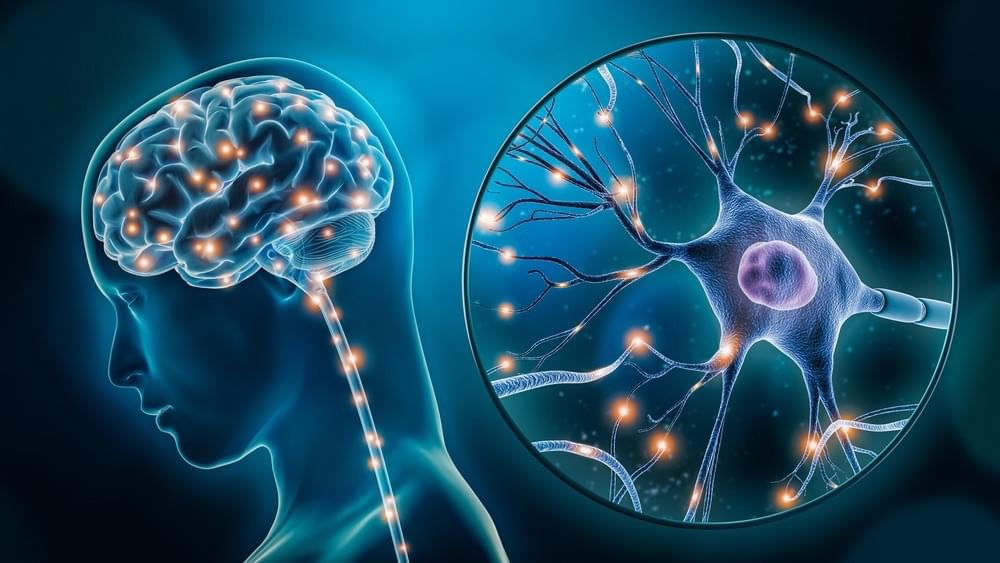Mathematicians have uncovered a universal explanatory framework that provides a “window into evolution.” This framework explains how molecules interact with each other in adapting to changing conditions while still maintaining tight control over essential properties that are crucial for survival.
According to Dr. Araujo from the QUT School of Mathematical Sciences, the research results provide a blueprint for the creation of signaling networks that are capable of adapting across all life forms and for the design of synthetic biological systems.
“Our study considers a process called robust perfect adaptation (RPA) whereby biological systems, from individual cells to entire organisms, maintain important molecules within narrow concentration ranges despite continually being bombarded with disturbances to the system,” Dr. Araujo said.







